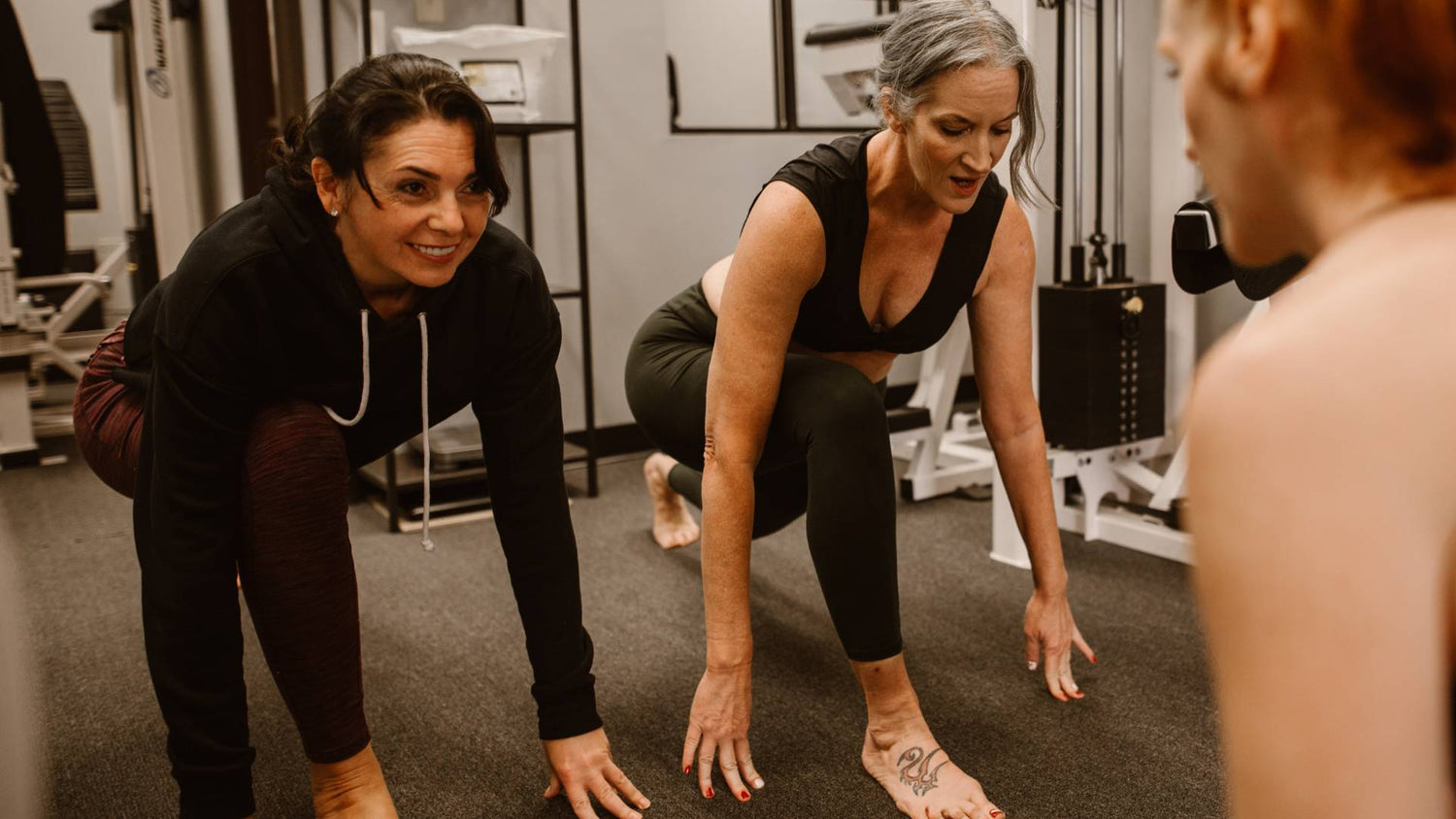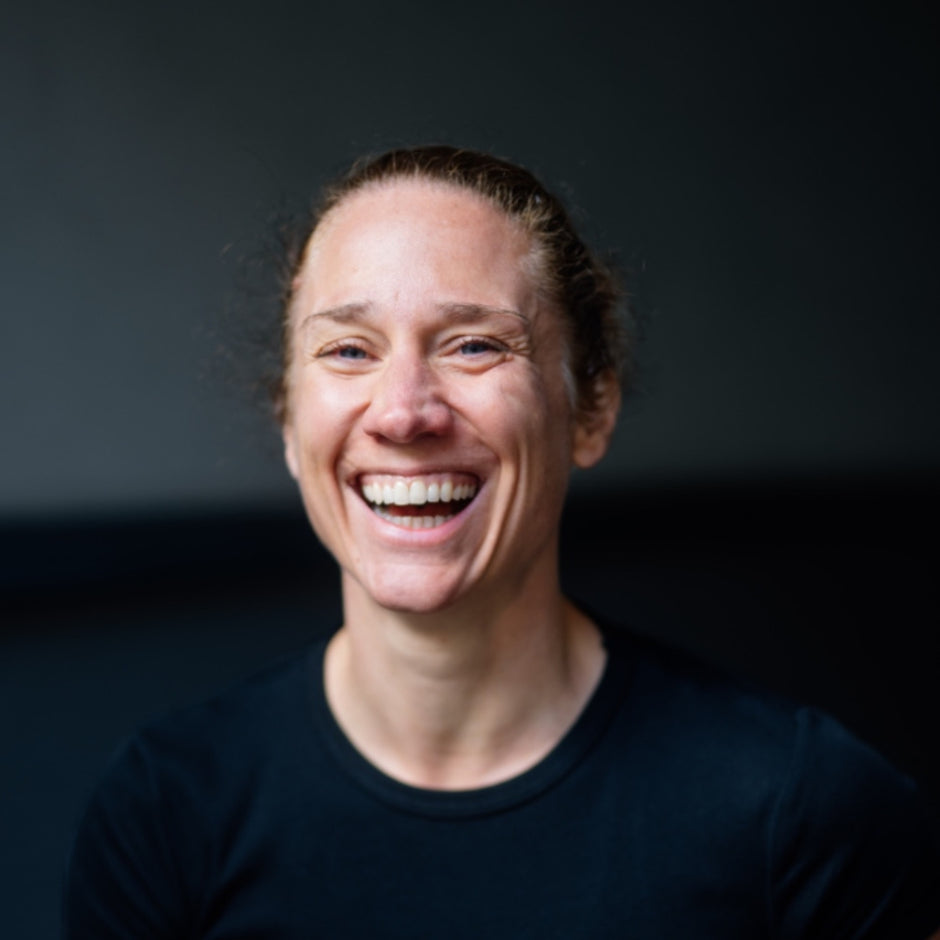Learn how to stay active despite PMS – with cycle-friendly nutrition, smart training strategies, and self-care tips for more energy and balance.
PMS is not a reason to stop training – it’s an invitation to plan smarter.
PMS – or premenstrual syndrome – affects about three out of four menstruating women. Mood swings, cravings, fatigue, cramps, tender breasts, or difficulty concentrating are just a few common symptoms that can occur in the days before your period. And let’s be honest: working out or eating balanced meals can feel like a real challenge then.
But here is the key: when we understand how our cycle works and learn to align our lifestyle accordingly, we can not only relieve symptoms, but feel more balanced, capable, and energized throughout the month.
In this article, you’ll learn which phases your cycle goes through, what happens in your body during PMS – and how to use movement and nutrition to actively counteract it.
Your Cycle – More Than Just a Period
A typical cycle lasts about 28–32 days and consists of four phases:
1. Menstruation (Days 1–5)
Estrogen and progesterone levels are low. Many women feel tired or irritable.
2. Follicular Phase (Days 6–14)
Estrogen rises. Energy, focus, and strength increase – ideal for intense workouts and new routines.
3. Ovulation (around Day 14)
Estrogen peaks. Many feel physically and mentally at their strongest.
4. Luteal Phase (Days 15–28)
Progesterone rises while energy levels dip. PMS symptoms may appear. Daily calorie needs can increase by 10–12%, which means an additional 150–250 kcal per day.
These changes are especially noticeable in the second half of the cycle and show how beneficial it can be to approach nutrition and training in a smart, responsive way.
Note: These cycle phases apply to naturally menstruating individuals – without hormonal contraception or other cycle-altering medications. Also, the timeline is an average. Ovulation can shift – sometimes by up to a week earlier or later. Developing body awareness or using cycle tracking tools can help you better understand your own rhythm.
Training in the Luteal Phase: Gentle, Not Rigid
If you feel like your body is working against you just before your period, you’re not alone. Everything tends to slow down – and that’s okay.
What’s happening in your body:
-
You fatigue more quickly and recover more slowly.
-
Body temperature is slightly elevated, making exercise feel more intense.
-
Your stress tolerance may decrease – mood and focus can fluctuate.
What often helps during this phase:
-
Moderate cardio like walking, light jogging, or cycling.
-
Mobility and stretching to ease muscle tension.
-
Strength training with reduced volume or intensity.
-
Gentle movement practices like yoga, Pilates, or tai chi – perfect for regulating breath and nervous system.
That said: Everything is allowed – nothing is mandatory. Not every woman reacts the same way. Some feel more sluggish, others still perform well in workouts or interval sessions. That’s why it doesn’t necessarily make sense to completely schedule all training around your cycle or pause just because you’re “supposed to.”
The best rule of thumb: Train as hard as you can recover from – and listen to your body’s signals.
Nutrition as a PMS Ally: Supporting Your Hormones Gently
Many PMS symptoms can be alleviated through targeted nutrition. Instead of falling into a pit of cravings and exhaustion, you can counteract – without control or restriction.
Typical symptoms & what helps:
Cravings & mood swings:
→ Complex carbs (like sweet potatoes, oats, brown rice) stabilize blood sugar.
→ Adequate protein (e.g. from tofu, eggs, plant-based shakes) helps with satiety and mood balance.
Cramps & muscle tension:
→ Magnesium (from nuts, leafy greens or supplements) has proven benefits.
→ Omega-3 fatty acids (from algae oil, flax, walnuts) reduce inflammation.
Water retention & sluggishness:
→ Hydrate well – ideally 35–40 ml per kg of body weight.
→ Potassium-rich foods (like bananas, avocado) support fluid balance.
Extra tip:
Many women crave comfort foods during the luteal phase. Instead of “cutting out” everything, plan nutrient-dense snacks: think protein bars, dates with nut butter, plant-based yogurt with berries, or a square of dark chocolate. That satisfies both body and soul – without blood sugar chaos or guilt.
Mindfully Navigating PMS: What Else Can Help
-
Cycle tracking: Use a calendar, app, or wearable device to identify patterns and plan ahead. These tools help connect the dots between mood, energy, and training.
-
Routines over rules: Create flexible rituals – morning or evening routines or weekly plans that leave space for breaks and movement.
-
Reduce decision fatigue: Prep meals in advance, keep protein-rich snacks on hand, and schedule your workouts ahead – all helpful when willpower is low.
Conclusion: Your Body Works For You – Not Against You
PMS isn’t a weakness – it’s part of your cyclical intelligence. When you start understanding and embracing your body’s rhythms, you gain energy, confidence, and strength.
With the right tools in nutrition, movement, and mindset, you can actively support yourself – especially in sensitive phases. No pressure. No dogma. Just you and your body – working together.




